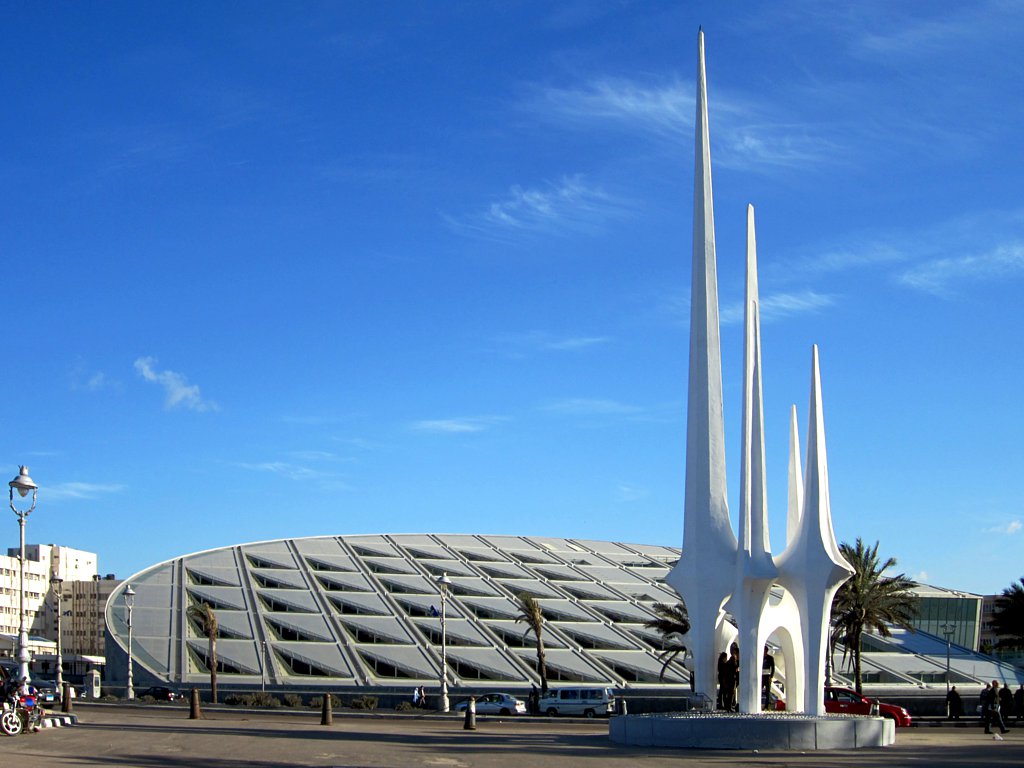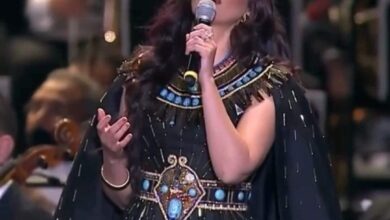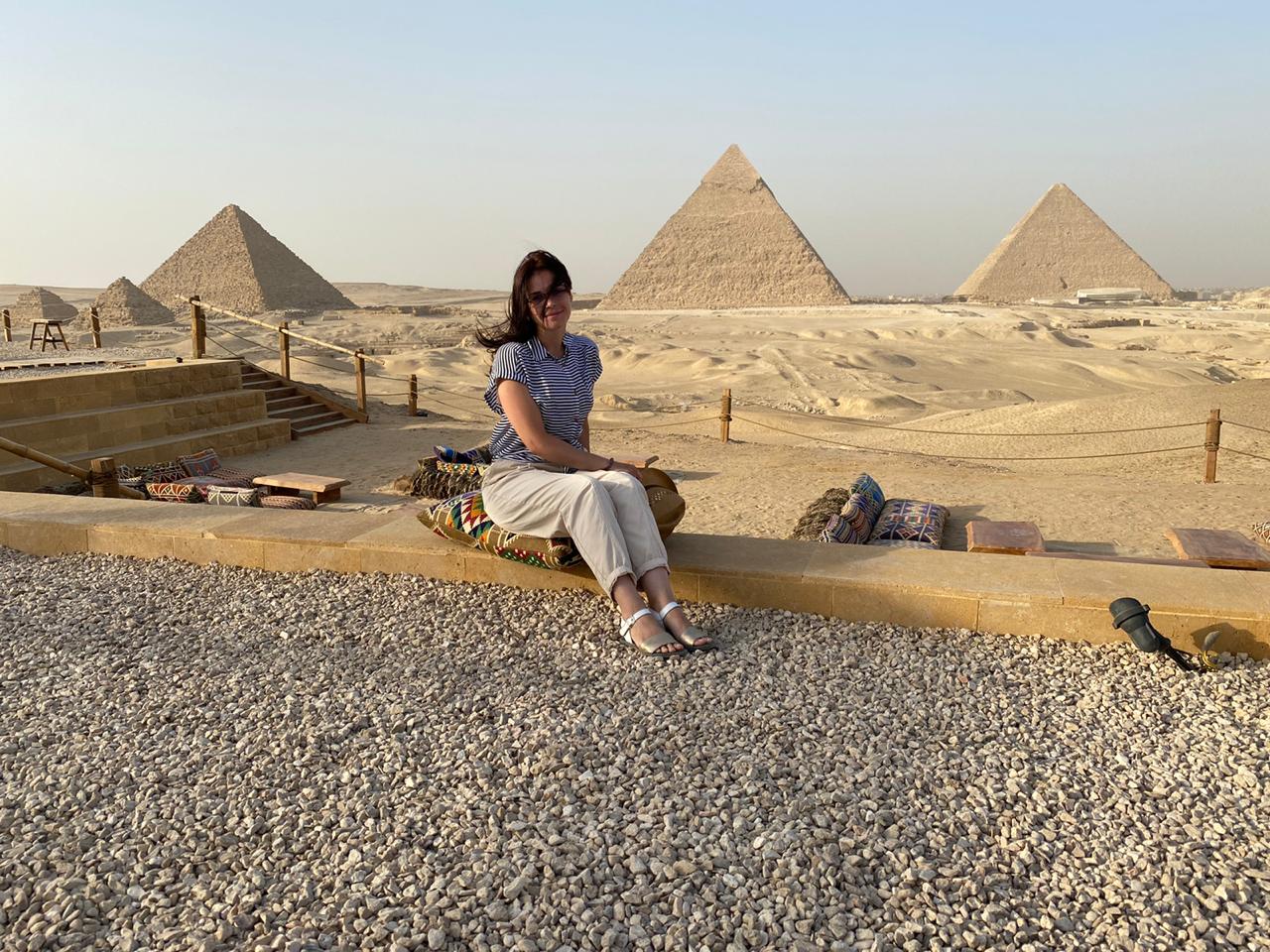An increasing awareness of Egypt's photographic heritage may be damaging that very legacy, as flawed archiving systems benefit those in power at the expense of the public, argued Egypt-based social historian and Oxford University fellow Lucie Ryzova in a recent lecture.
“The state, the academic community and the general public understand photographs predominantly as images ‘of something,’ valued for their visual ‘content,’ and not as social and cultural objects,” said Ryzova in her 4 July lecture at the Contemporary Image Collective.
But a photograph’s visual content is inseparable from its materiality — a digitized copy is cut off from the object’s history. It cannot be turned over or magnified. Tests to determine how a photograph changed over time cannot be made on a copy, while its author, relationship to other images, and changes in ownership are much harder to trace. Good archiving, however, helps to ensure that the image is still useful after being translated into digital form. This involves careful scanning, labeling and indexing of copies, while caring for and providing access to originals.
Although a great level of interest is demonstrated by the sheer number of “websites and Facebook pages devoted to old photographs of Egypt,” Ryzova pointed out that it is worrying that they are “deprived of any basic identifying information that is otherwise standard in comparable projects; information on author, date, medium, technique, size, of any context of their original creation, consumption and circulation.”
This problem is not limited to the Internet, but also occurs in print publications and respected institutions. Al-Rawi (“Egypt’s heritage review”) and the art magazine Contemporary Practices, for example, do not cite pieces’ provenances or media; this newspaper, too, often offers minimal information about the images that accompany articles. Ryzova cited Maria Golia’s rigorously researched book "Photography and Egypt" as an exception to the rule.
The scholar recounted the difficulties she has faced in gaining access to photographs while working on an ongoing project about the social history of photography in Egypt. The Bibliotheca Alexandrina, which has a level of stature and foreign funding that allows it to acquire photograph collections, does not show originals and apparently told Ryzova that it is not obliged to.
Although many feel they no longer need to worry about Egypt’s historical documents now that this library exists, Ryzova said that from her perspective, it “appears as a black hole for artifacts.” She suggested that its archiving system is actually destructive.
Memory of Modern Egypt is the Bibliotheca's giant online database, created and maintained by a sub-organization called the International School of Information Science and divided into quite arbitrary and overlapping categories, so it’s difficult to know where exactly you might find something. A browse through it, however, shows that it mixes up scans of the library’s physical holdings with scans from books and images found on the Internet, all stripped of basic information.
Ryzova showed various examples of missing data, which she said is systematic. The “source” for every image is listed as the Alexandria Library, even for a reproduction of a painting of Mohamed Ali by Scottish painter David Wilkie held in the Tate in London. The date for the image is Mohamed Ali’s life, 1769-1848, while the author is stated as unknown, and the fact that it’s a painting is not mentioned — but you can find all this out by using Google.
What is dangerous is that a document stripped of its context can easily become a vehicle for propaganda, and for rewriting history, Ryzova says: “Such images are then often used to support vastly varied contemporary social and political positions that might often have very little to do with the actual ‘old’ photograph itself.”
Indeed, the archiving problem in Egypt is not one of ignorance — in fact, many people are well aware of the difference between copy and original, she says, adding that “Cairo is the site of a vibrant private market with vintage objects. This market is fully internationalized." Ryzova argues that if the value of these original photographs is known, then the failure to preserve them is often a “deliberate strategy.”
The shadowy leeway between understanding the importance of the artifact and seeing a copy and an original as of equal value can be exploited by institutions and collectors for their own benefit, especially as nostalgia and a desire to “save” Egypt’s heritage, and thus the market value of artifacts, have increased. Benefits custodians reap by treating collections as private estates that must be guarded can include selling off originals and decontextualizing images to put them in the service of an agenda.
Meanwhile, some collectors in Egypt — of both art and artifacts — fear dispossession by the state and so don’t discuss their collections. Ryzova said that both the Nasser regime’s nationalization project and the Mubarak regime’s heritage laws were used by the state to lay its hands on people’s property. Aside from plundering, collectors want to protect their collections from the state’s historical revisionism, a mistrust Ryzova said extends back to colonial history, “a history that is always written by someone else.”
Because public archives tend to be closed to the public and private collections are often jealously guarded, normal people have little access to their heritage and academics are frustrated. An internationalized elite — Bibliotheca management, private collectors, art world administrators — claims to be saving Egypt’s heritage from the people, just as an internationalized elite has been claiming to save the country from the people (as Omar Suleiman said during the uprising last year, Egypt was “not ready” for democracy). Meanwhile, they can profit from what they are saving and further fence off knowledge from the potentially dangerous masses.
Ryzova volunteers as an academic consultant with CULTNAT, affiliated with the Bibliotheca, which is also mapping material connected to the history of photography. She claims that “all information CULTNAT collects is available to the public, currently on the premises and soon on the web.”
Ryzova will eventually publish a book on the social history of photography in Egypt, in English and Arabic. Meanwhile, CULTNAT is preparing an exhibition about the history of vernacular photography in Egypt, to take place this fall. Perhaps projects like these can trigger more open discussions about how and why old photographs are being kept out of reach.




